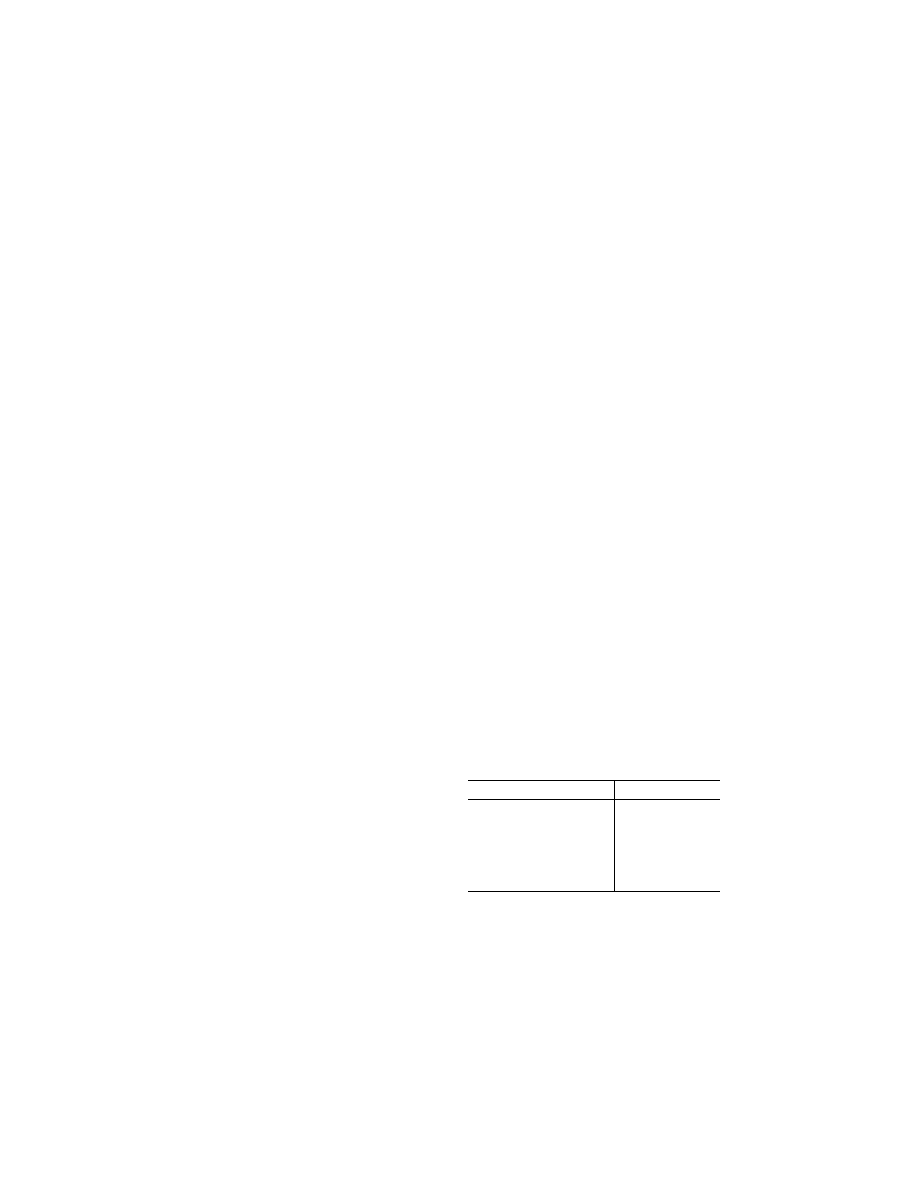
302
14 CFR Ch. I (1–1–24 Edition)
§ 25.833
will maintain cabin ozone concentra-
tions at or below the limits prescribed
by paragraph (a) of this section.
[Amdt. 25–50, 45 FR 3883, Jan. 1, 1980, as
amended by Amdt. 25–56, 47 FR 58489, Dec. 30,
1982; Amdt. 25–94, 63 FR 8848, Feb. 23, 1998]
§ 25.833
Combustion heating systems.
Combustion heaters must be ap-
proved.
[Amdt. 25–72, 55 FR 29783, July 20, 1990]
P
RESSURIZATION
§ 25.841
Pressurized cabins.
(a) Except as provided in paragraph
(c) of this section, pressurized cabins
and compartments to be occupied must
be equipped to provide a cabin pressure
altitude of not more than 8,000 feet
under normal operating conditions.
(1) If certification for operation
above 25,000 feet is requested, the air-
plane must be designed so that occu-
pants will not be exposed to cabin pres-
sure altitudes in excess of 15,000 feet
after any probable failure condition in
the pressurization system except as
provided in paragraph (c) of this sec-
tion.
(2) The airplane must be designed so
that occupants will not be exposed to a
cabin pressure altitude that exceeds
the following after decompression from
any failure condition not shown to be
extremely improbable:
(i) Twenty-five thousand (25,000) feet
for more than 2 minutes; or
(ii) Forty thousand (40,000) feet for
any duration.
(3) Fuselage structure, engine and
system failures are to be considered in
evaluating the cabin decompression.
(b) Pressurized cabins must have at
least the following valves, controls,
and indicators for controlling cabin
pressure:
(1) Two pressure relief valves to auto-
matically limit the positive pressure
differential to a predetermined value
at the maximum rate of flow delivered
by the pressure source. The combined
capacity of the relief valves must be
large enough so that the failure of any
one valve would not cause an appre-
ciable rise in the pressure differential.
The pressure differential is positive
when the internal pressure is greater
than the external.
(2) Two reverse pressure differential
relief valves (or their equivalents) to
automatically prevent a negative pres-
sure differential that would damage
the structure. One valve is enough,
however, if it is of a design that rea-
sonably precludes its malfunctioning.
(3) A means by which the pressure
differential can be rapidly equalized.
(4) An automatic or manual regulator
for controlling the intake or exhaust
airflow, or both, for maintaining the
required internal pressures and airflow
rates.
(5) Instruments at the pilot or flight
engineer station to show the pressure
differential, the cabin pressure alti-
tude, and the rate of change of the
cabin pressure altitude.
(6) Warning indication to the
flightcrew when the safe or preset pres-
sure differential or cabin pressure alti-
tude limit is exceeded. Appropriate
warning markings on the cabin pres-
sure differential indicator meet the
warning requirement for pressure dif-
ferential limits. An alert meets the
warning requirement for cabin pressure
altitude limits if it warns the
flightcrew when the cabin pressure al-
titude exceeds 10,000 feet, except as
provided in paragraph (d) of this sec-
tion.
(7) A warning placard at the pilot or
flight engineer station if the structure
is not designed for pressure differen-
tials up to the maximum relief valve
setting in combination with landing
loads.
(8) The pressure sensors necessary to
meet the requirements of paragraphs
(b)(5) and (b)(6) of this section and
§ 25.1447(c), must be located and the
sensing system designed so that, in the
event of loss of cabin pressure in any
passenger or crew compartment (in-
cluding upper and lower lobe galleys),
the warning and automatic presen-
tation devices, required by those provi-
sions, will be actuated without any
delay that would significantly increase
the hazards resulting from decompres-
sion.
(c) When operating into or out of air-
ports with elevations at or above 8,000
feet, the cabin pressure altitude in
pressurized cabins and occupied com-
partments may be up to, or greater
VerDate Sep<11>2014
09:06 Jun 28, 2024
Jkt 262046
PO 00000
Frm 00312
Fmt 8010
Sfmt 8010
Y:\SGML\262046.XXX
262046
jspears on DSK121TN23PROD with CFR
